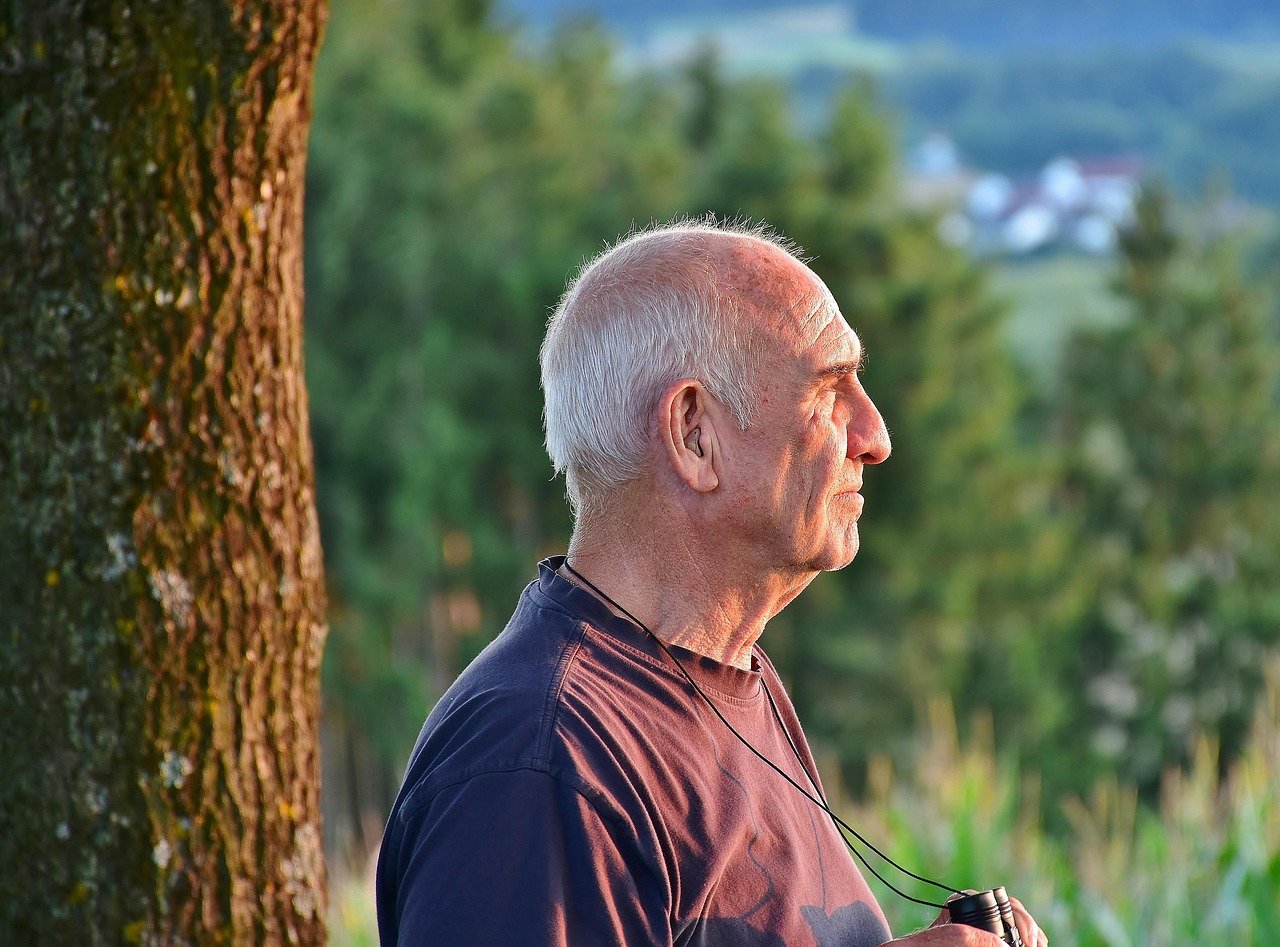The conversation around senior living has shifted. It’s no longer just about where people reside after retirement, but how those spaces can reflect independence, dignity, and comfort. In many ways, it’s about creating environments that feel less like facilities and more like extensions of a person’s lifestyle. The idea isn’t to settle into a chapter of life but to live it with as much vibrancy and self-direction as possible. For today’s older adults, the vision is clear: comfort and independence should not be tradeoffs but shared priorities.
Designing Spaces That Feel Like Home
A key part of modern senior living is how spaces are designed. Homes and apartments are being built or renovated with warmth and usability in mind. That means layouts with natural light, kitchens that balance accessibility with beauty, and shared lounges that invite conversation rather than feel like obligatory common rooms. The focus has turned toward comfort without losing style. Developers are taking cues from modern residential architecture instead of institutional design, and that shift changes everything.
One noticeable trend is the use of smaller, more intimate community settings rather than sprawling, impersonal complexes. These neighborhoods foster real connections because people can actually get to know each other. The dining experience, for instance, is moving away from cafeteria-style to café-inspired spaces where meals feel like an experience rather than a routine. The result is a place where living feels natural, not programmed.
Technology also plays a part, though not in a way that overwhelms. Smart thermostats, easy-to-use video calling setups, and discreet safety sensors are becoming standard. They provide peace of mind without intruding on daily life. The goal is to let people continue routines seamlessly, while family members know they’re supported.
How Home Improvements Reshape Daily Comfort
One of the most understated but transformative changes in senior living comes from practical updates to the home itself. Simple home improvements can make everyday routines far easier, and they’re being built into new communities from the ground up. Walk-in showers with seating, wider doorways for better mobility, and flooring that reduces fall risks are not small adjustments. They allow people to move with ease and confidence in their space.
What’s interesting is that many of these design choices don’t stand out as “special accommodations.” Instead, they blend into the design in ways that look stylish and thoughtful. Lever-style door handles are easier for arthritic hands to use, but they also look more contemporary than traditional knobs. Under-cabinet lighting not only prevents strain when preparing meals, it adds a sleek visual touch.
Even outdoor spaces are seeing thoughtful redesign. Raised garden beds, walking paths with natural shade, and community courtyards are replacing blank lawns. These touches aren’t about limiting activity but encouraging it, making movement and engagement enjoyable again. With the right improvements, independence feels supported, not restricted.
Technology That Empowers, Not Overwhelms
There’s no denying that technology is becoming part of senior living, but the most successful approaches are the ones that integrate tech seamlessly into daily life. The goal isn’t to pile on gadgets; it’s to make tools intuitive. Voice-activated lighting and temperature controls, for example, are increasingly common, and they’re more than convenient. They give residents direct control over their environment, which reinforces independence.
Communication tools also matter. Video chat stations in common areas make it easy to connect with families who may live across the country. Some communities even incorporate virtual cultural programming, from museum tours to concerts, which allow residents to enjoy the arts without the hassle of travel. Importantly, these aren’t replacing in-person experiences but enhancing them.
Health technology, when applied wisely, is another strength. Remote monitoring can help keep an eye on conditions without the constant need for in-person appointments. Medication reminders and wearable devices can cut down on the stress of daily health management. The key is subtlety: tech that fades into the background but quietly supports well-being.
Community That Feels Genuine
The social component of senior living is being reimagined as well. Gone are the days when “activities” meant a few games of cards or occasional crafts. Now, communities are offering workshops, continuing education, and group fitness classes that range from yoga to water aerobics. People aren’t interested in being entertained; they want to stay engaged.
Intergenerational programs are also gaining traction. Schools, colleges, and even local businesses often partner with senior living communities for mentorship programs, tutoring, or shared projects. These exchanges benefit everyone, bridging generational divides and giving residents a sense of contribution rather than just participation.
Dining halls and common spaces are evolving too. Many communities now resemble modern co-working spaces, encouraging residents to pursue hobbies, meet for discussions, or even start clubs. This kind of engagement fosters an atmosphere that feels alive rather than static.
Why Location Still Matters
One of the most practical decisions when choosing a senior living community is where it’s located. For many families, staying connected means picking a place within reach of loved ones, but location also impacts lifestyle. Access to cultural activities, green spaces, and urban conveniences can shape daily life in significant ways. That’s why choosing wisely can make all the difference.
For example, if you’re looking into independent living in Richmond VA, Washington D.C. or Portland OR, moving to a center that’s just what you’re looking for is worth the move. Each city offers a unique backdrop: Richmond blends history with a growing arts scene, D.C. provides unparalleled cultural access, and Portland offers nature at your doorstep. The surrounding environment becomes an extension of the living community itself.
Transportation is another part of the equation. Many modern communities provide shuttles or partnerships with ride-share services to make getting around easier. This independence in mobility can be as valuable as the living space itself, ensuring that residents remain connected to the wider world.
The Psychology Of Feeling At Home
Beyond physical comfort and social activity, there’s a deeper emotional element to senior living that can’t be ignored. Feeling truly at home comes from a sense of belonging and control. Small details, like being able to decorate a personal space or choose how to spend the day, add up to a stronger sense of identity.
This sense of autonomy is what makes communities thrive. When people feel they have choices—whether it’s in meal options, activity schedules, or simply how they design their private space—they flourish. It’s not about restricting what people can do but expanding their sense of what’s possible.
The psychology of belonging also extends to staff relationships. In well-designed communities, staff aren’t seen as overseers but as part of the community fabric. When there’s genuine rapport, trust grows naturally. That trust, in turn, allows residents to feel supported without feeling managed.
Living Well On Your Own Terms
Senior living today is about so much more than housing. It’s about freedom, identity, and comfort coexisting in the same space. It’s about creating environments where independence is encouraged, not eroded, and where comfort is woven into every design choice. The communities being built and reimagined today reflect that philosophy in ways that feel fresh, modern, and human.
A Closing Note On Independence
The story of senior living isn’t about endings—it’s about redefinitions. Independence, comfort, and community are being given equal weight, and the results are reshaping what life after retirement looks like. The best part is that this transformation is rooted in dignity and possibility. Senior living has finally caught up with what people have always wanted: the freedom to live on their own terms, in spaces that feel like home, surrounded by opportunities to stay connected and engaged.
And that’s a future worth embracing.
YOU MAY ALSO LIKE: What to Do If You Suspect a Loved One Is Being Mistreated in a Care Facility











